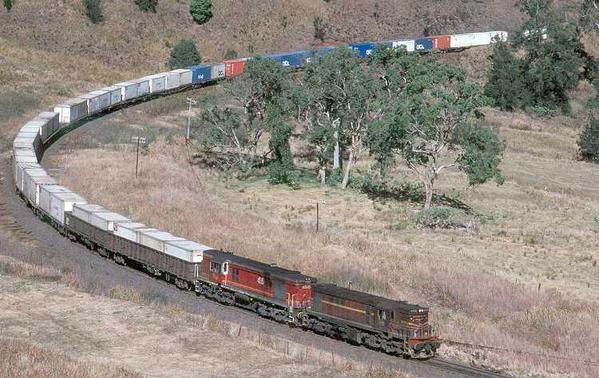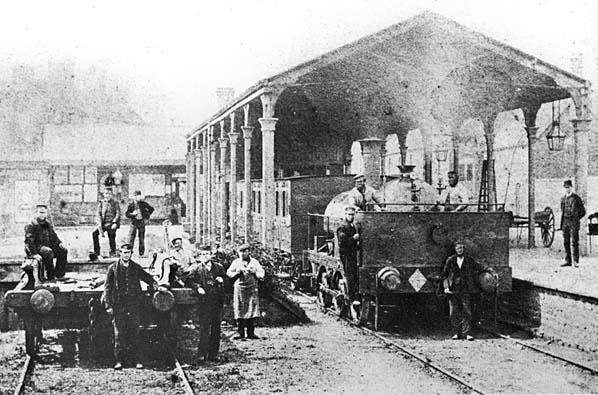Previous heading: Is anyone mixing different scales/gauges on the same layout?
Previous heading: New On42 narrow gauge line appeared overnight
And I mean this for "serious" layouts, not toy-train mixes of O-gauge and Standard Gauge, for example. Not that there is anything wrong with that, if you like it. And I know that many modelers have scale narrow gauge with their scale standard gauge on the same layout. I'm talking about mixing ready-made trains of different scales in a way that looks reasonably plausible.
I've thought it would be interesting to have an S-gauge train (of hoppers, probably) in conjunction with an O-gauge layout, to represent a separate 42-inch gauge industrial railway. 42-inch "Cape gauge" is very common in some parts of the world. S-gauge/scale doesn't look so disparate alongside "traditional" O-gauge, which is noticeably smaller than 1:48 scale.
Standard Gauge might be used to represent a futuristic broad gauge railroad in O-scale. An interesting possibility?
Small gauges like N or Z or T (1:160 - 1:220 - 1:450 scale respectively) could be used to represent miniature railways in O gauge.
My interest in mixing gauges comes about from the gauges mess I've seen in Australia. In some places you can see different gauges on separate rights of way in the same areas.
I have some of the Marx 3/16 scale O-gauge trains which are obviously undersized compared to traditional O-gauge. So those can actually represent a broad gauge railroad if you want to think about it ...










